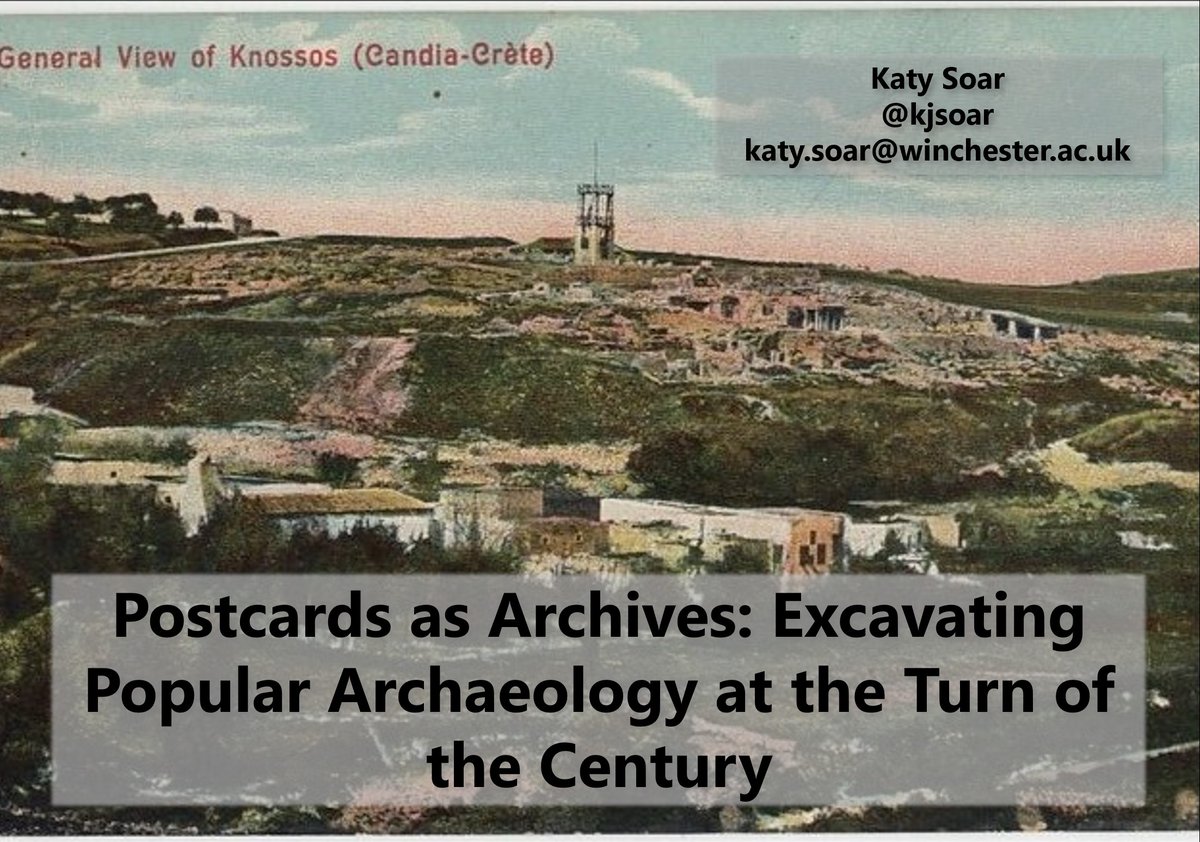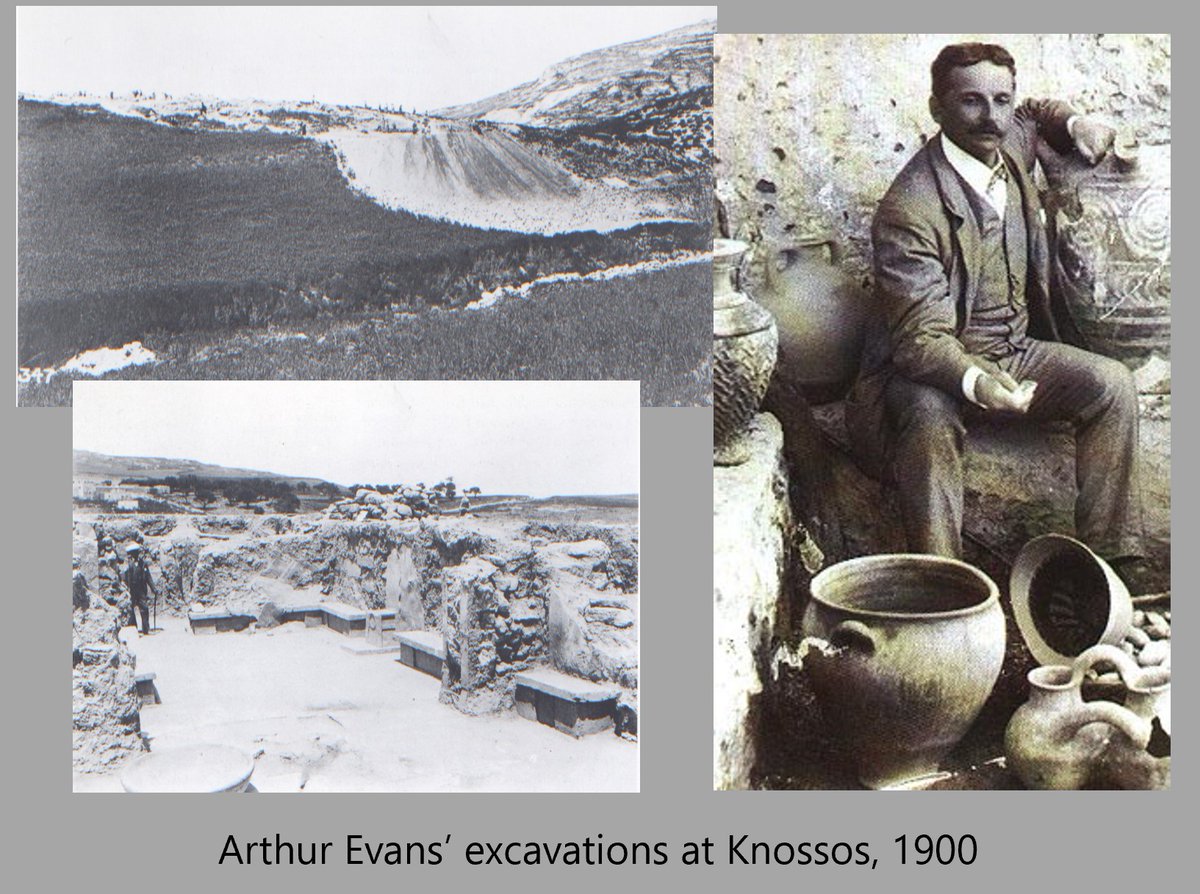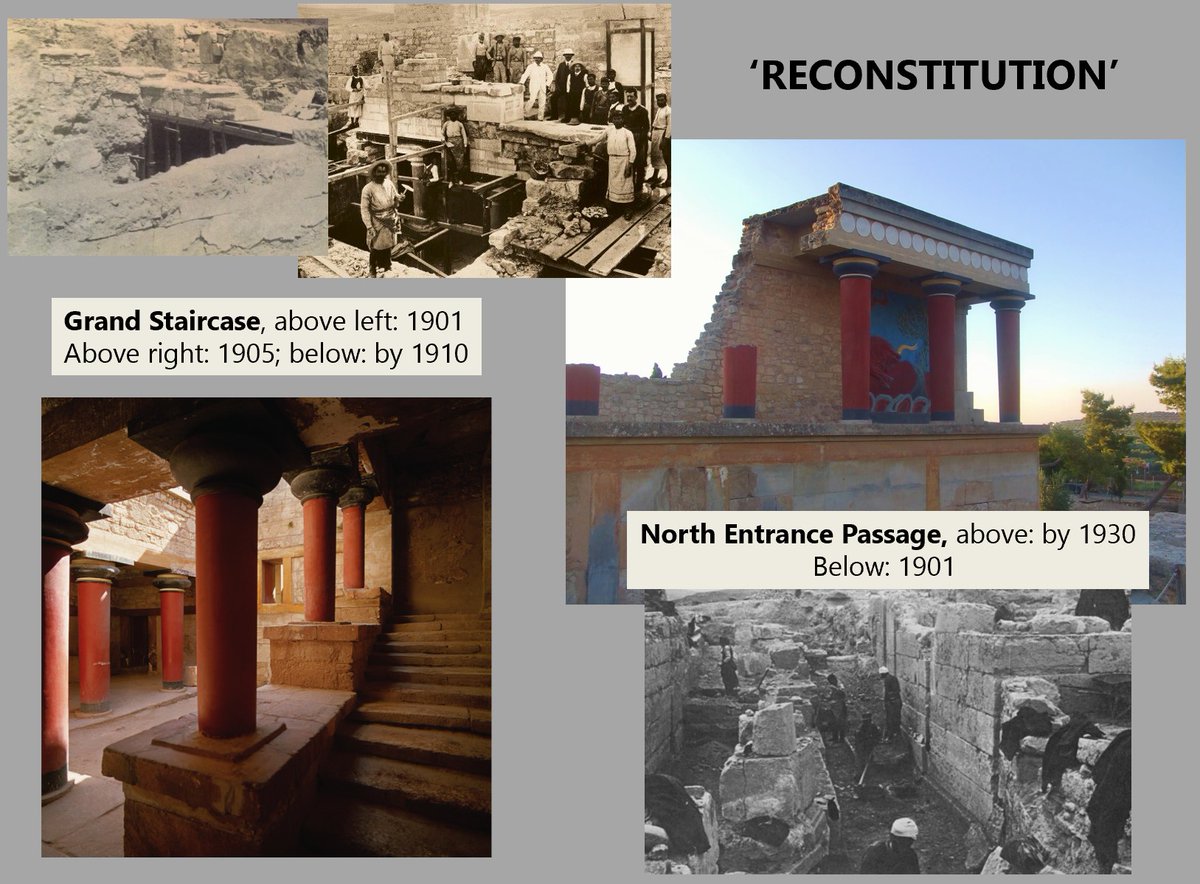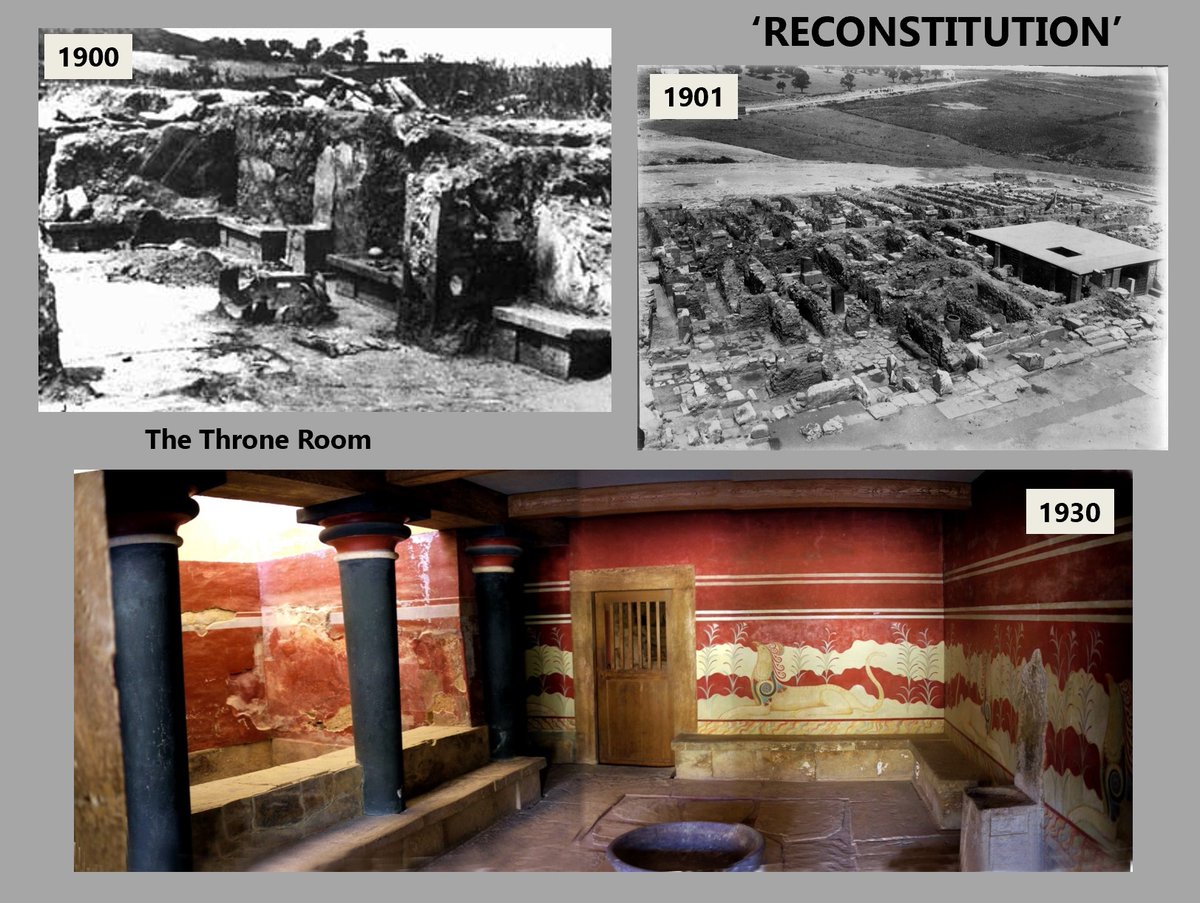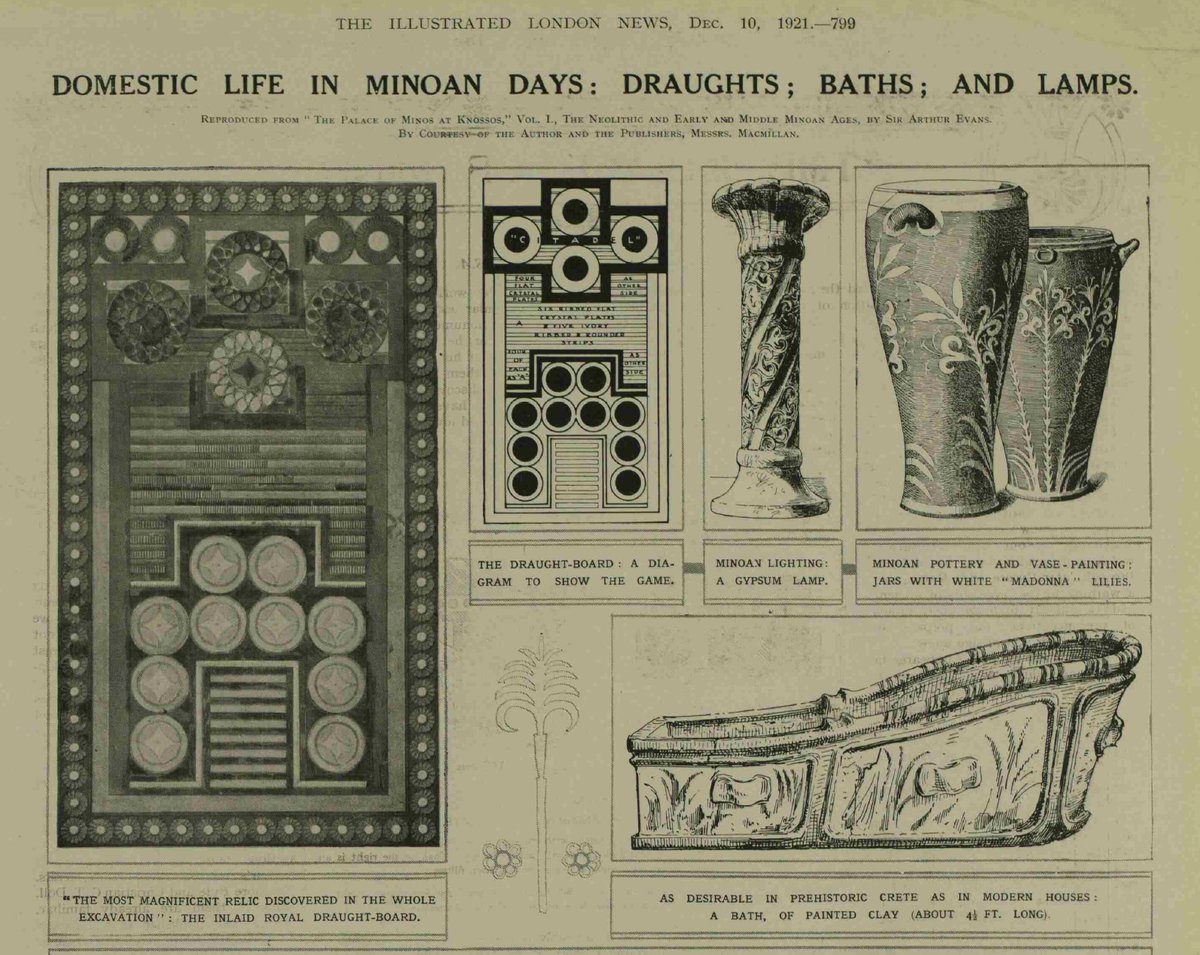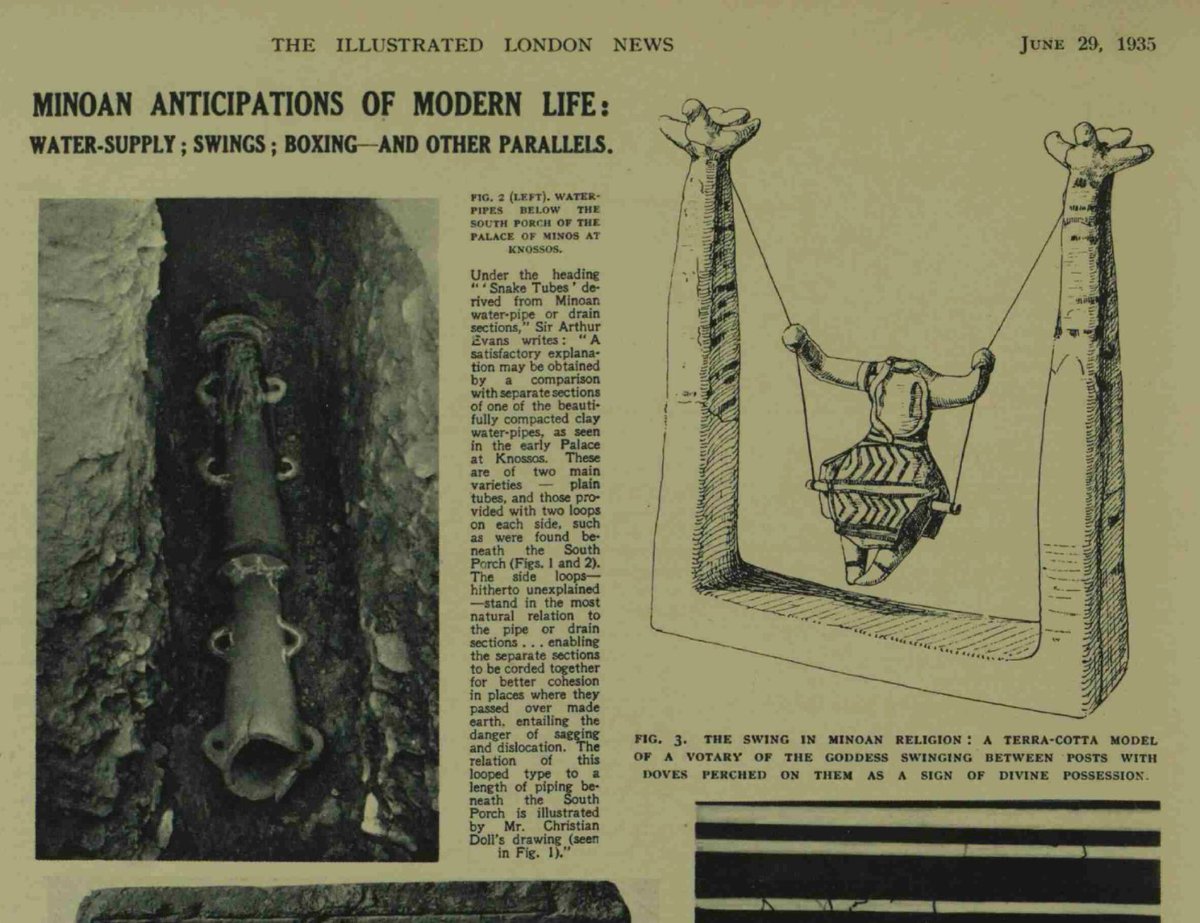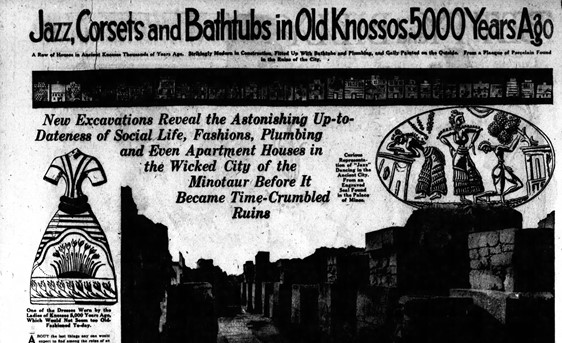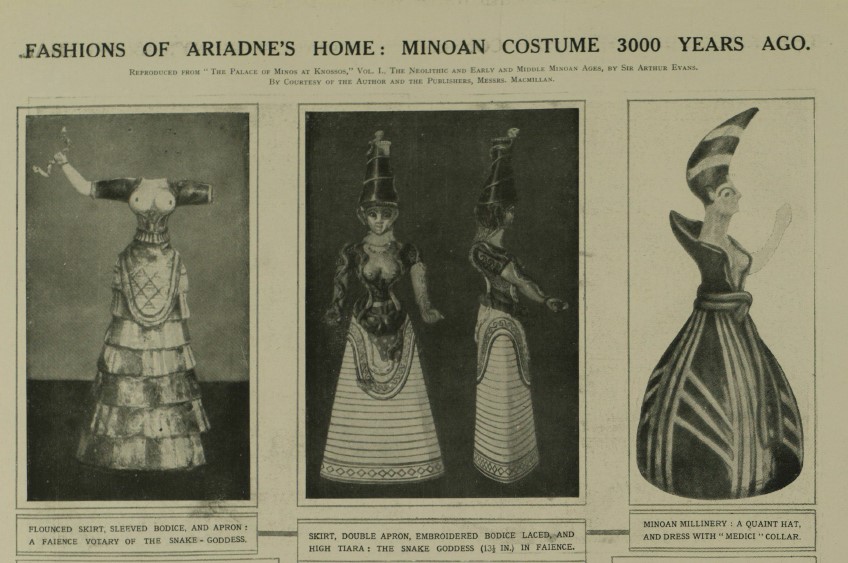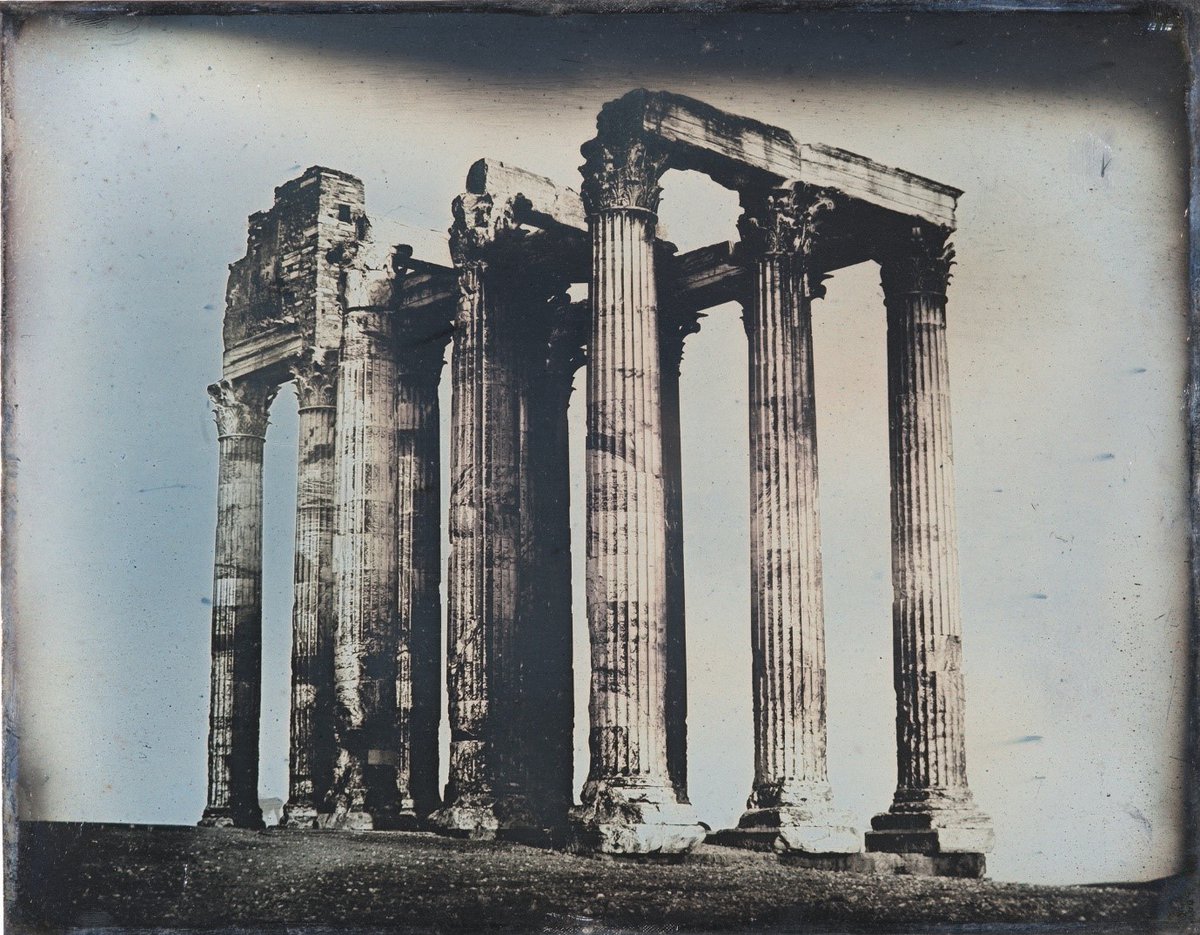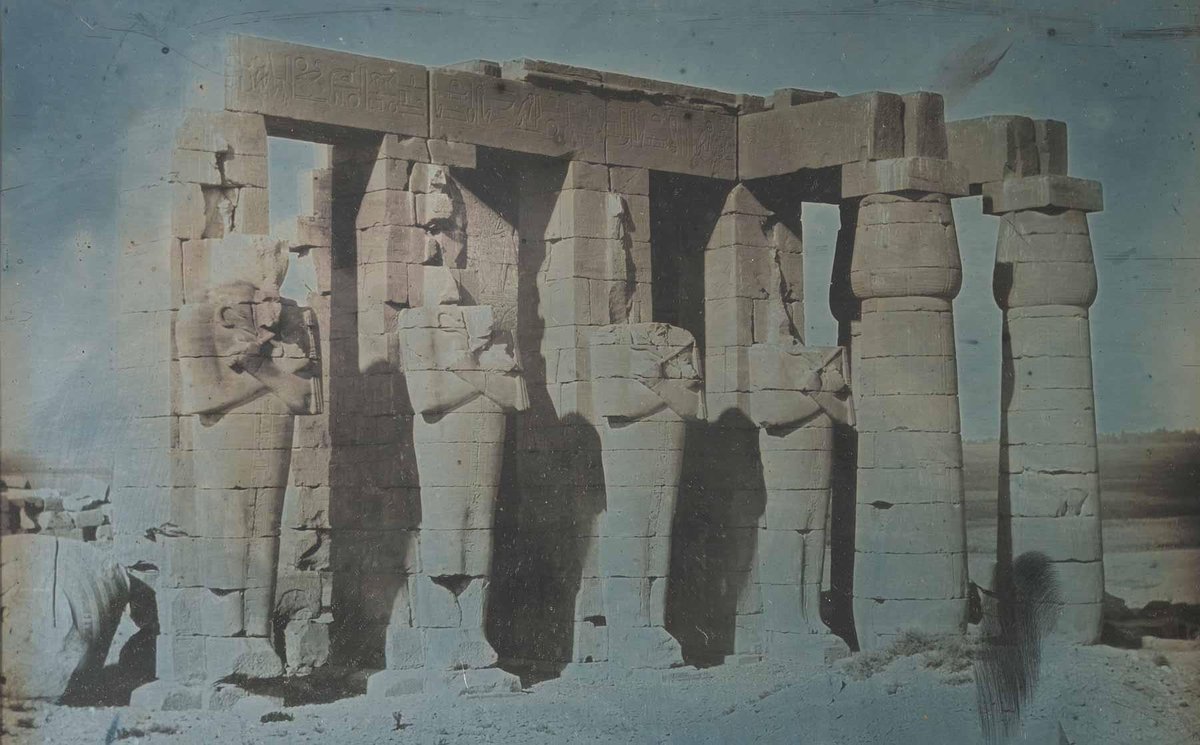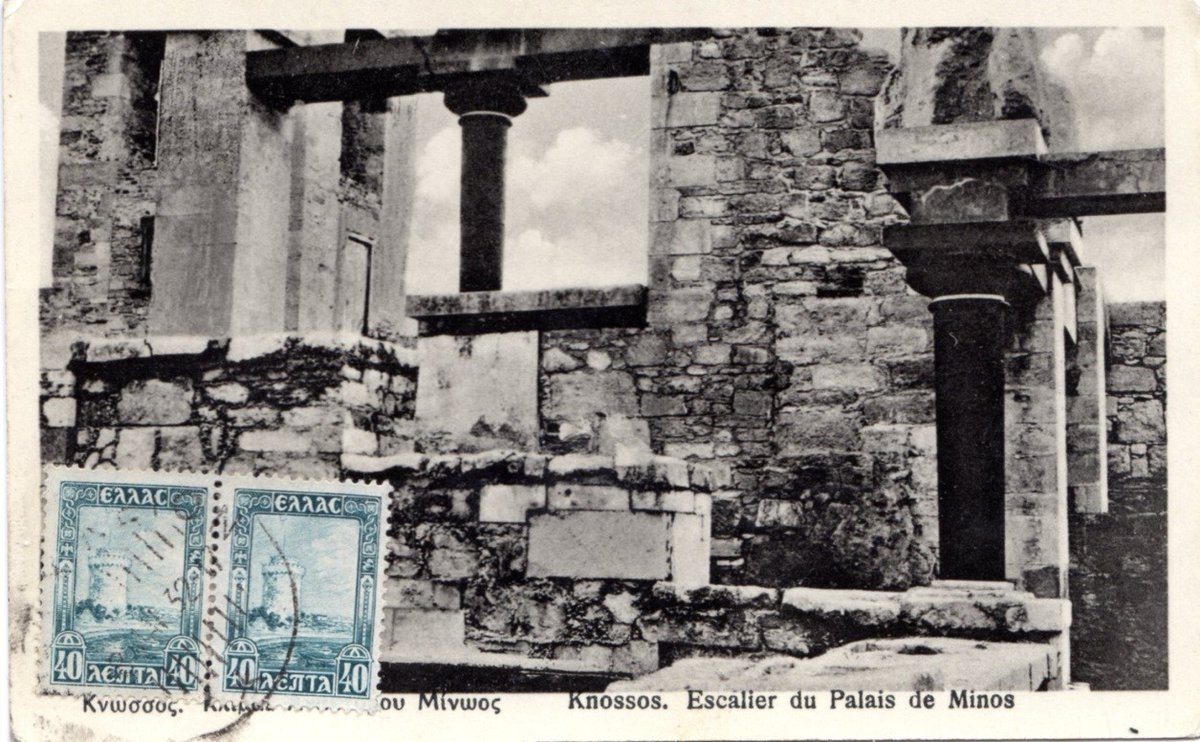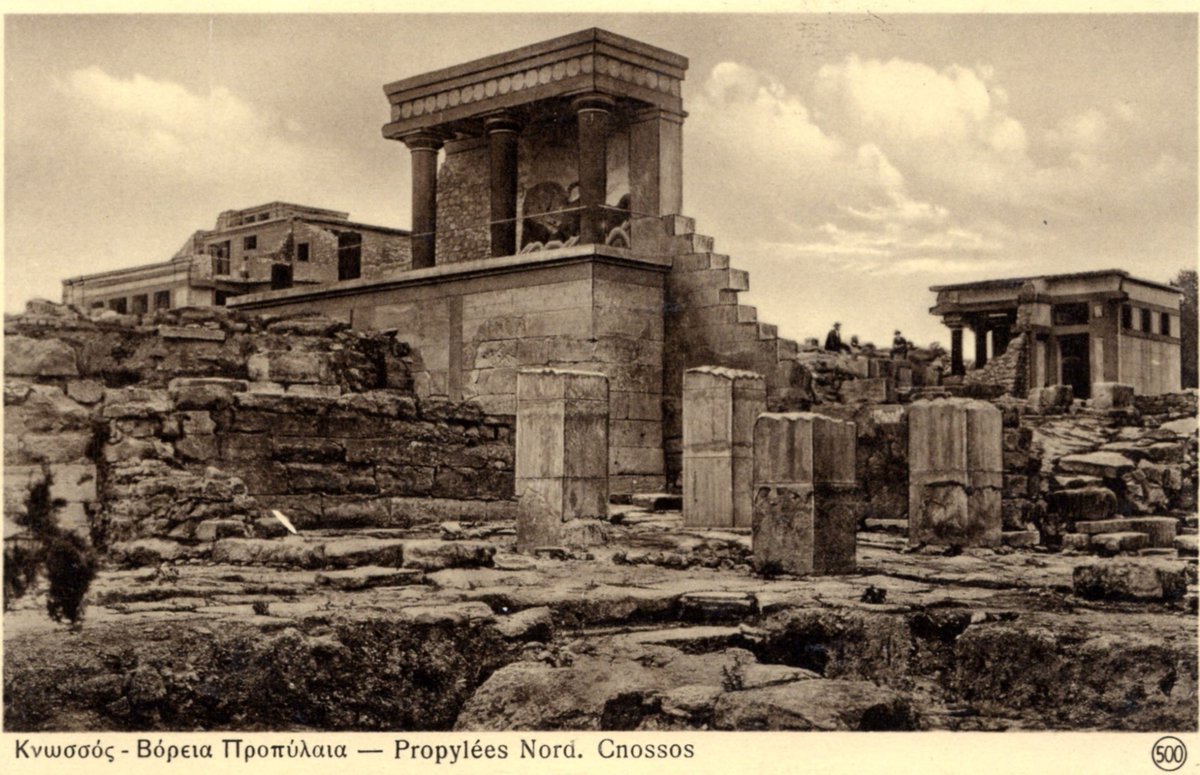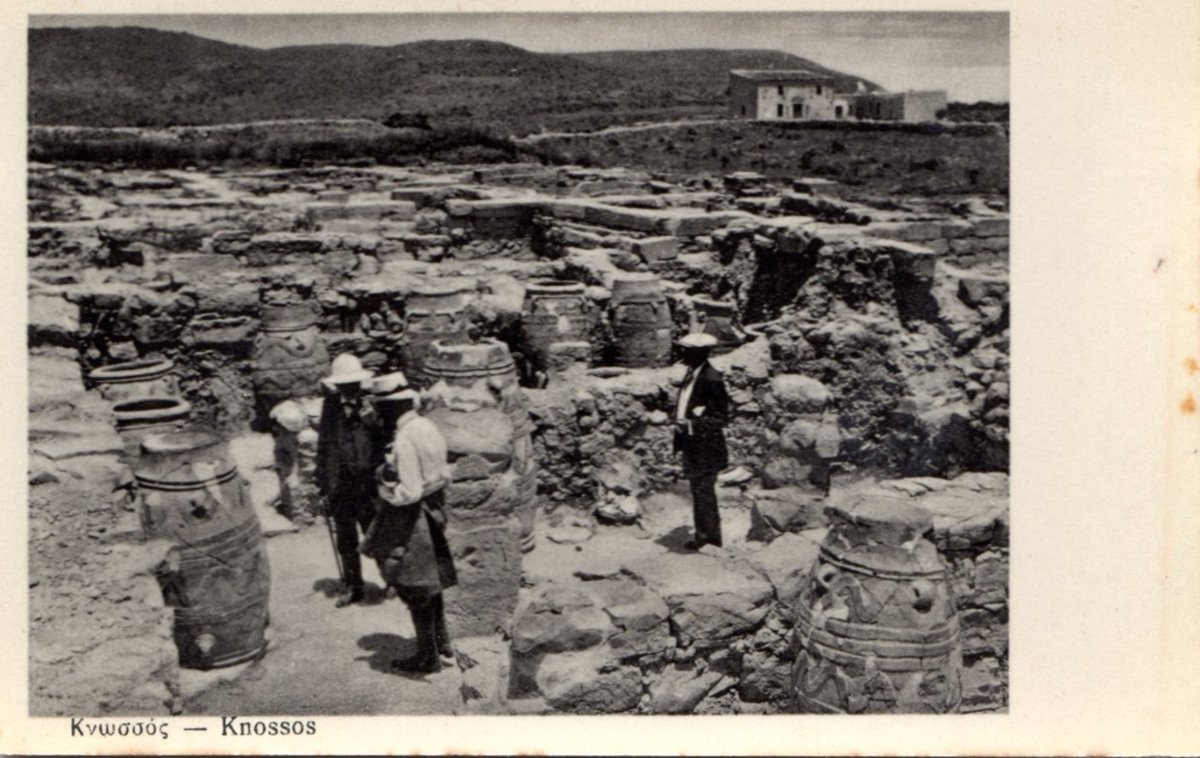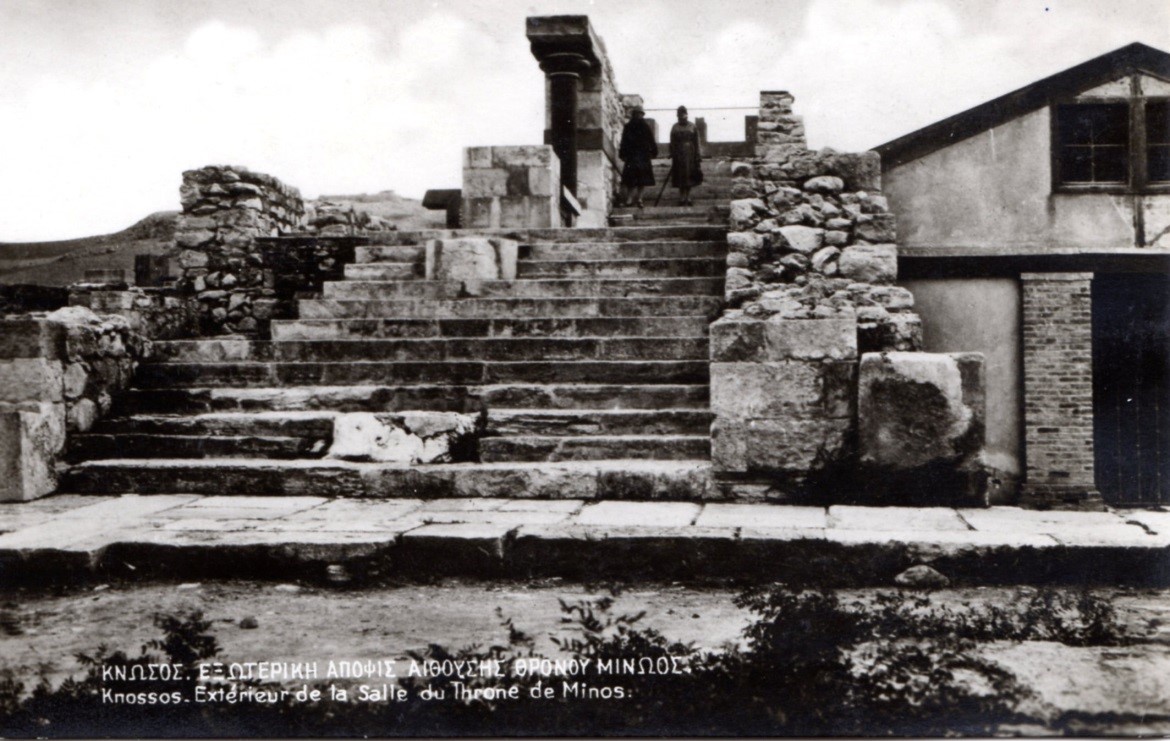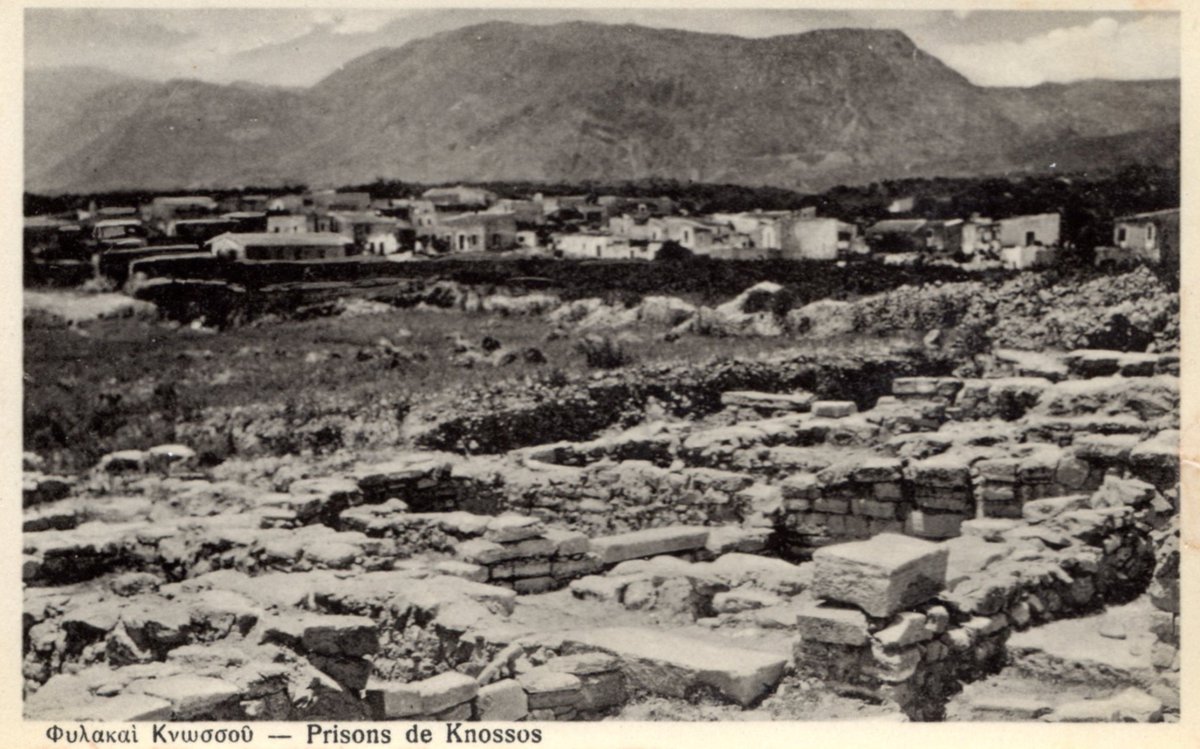1/17 Good morning Twitter! I’m Katy, lecturer in Greek Archaeology @UoW_Archaeology. Today I want to consider the importance of old postcards for archaeology, & the ways they help us understand archaeological interpretation & authenticity #PATC5
2/17 Why should archaeologists look at old postcards? They may be everyday objects, but they are also important objects of cultural analysis which have played a role in shaping cultural & social imagery since the start of the 20th century #PATC5
3/17 Postcards can be a medium through which archaeological interpretation & authenticity can be considered. They also help archaeology engage with diverse publics, & conversely allow diverse publics to engage with archaeology #PATC5
4/17 Here I’ll be examining postcards of the site of Knossos on Crete from the first half of the 20th century, when Arthur Evans was excavating the site & simultaneously perpetuating the idea of the ‘Minoans’ across the world #PATC5
5/17 As products of modernity, postcards were a perfect vehicle for expressing Evans’ conviction that the Minoans were the originators of modern Western society, who held similar ideologies and values to contemporary Europeans #PATC5
6/17 The modernity of Knossos is most clearly seen in Evans’ ‘reconstitution’ of the palace. These reconstructions in modern ferro-concrete imitated the original ruins, but also influenced certain perceptions of the past #PATC5
7/17 The modernity of the Minoans was also reflected in the international press. Corsets, drainage systems, & flushing toilets were all used by the Minoans, but also relatively new developments for the European middle class of the time #PATC5
8/17 Back to postcards: as other examples of modernity, born from developments in technology and the growth of ‘leisure time’, they created new relationships between images and the source of that image #PATC5
9/17 Previously, images of archaeological sites were rare, giving them a distant, almost sacred, character (see these 1840s daguerrotypes by Joseph-Philibert Girault de Prangey). Postcards made the strange familiar & recognisable – & were sent directly to your living rooms #PATC5
10/17 Postcards of Knossos from Evans’ time depict an amalgamation of Minoan past & European modernity, in particular postcards which depict the reconstitutions, as they blur the distinction between ancient and modern #PATC5
11/17 These images create shorthands for Minoan culture & features that would come to be seen as quintessentially ‘Minoan’. These postcards create images that confer authenticity, & in turn an archaeological site into a tourist ‘sight’ #PATC5
12/17 Postcards which depict people tend to show western Europeans, not local Cretans. These images could evoke the idea of Knossos (and the Minoans) as the cradle of western civilisation– and thus a site for every European, not just Greeks #PATC5
13/17 Postcards also contribute to mythologies. This image shows ‘the Knossos prison’, evoking ideas Minotaurs. But this is Tylissos, a different Minoan site c15km away. A simple mistake? Or a desire to propagate familiar narratives? #PATC5

 Read on Twitter
Read on Twitter